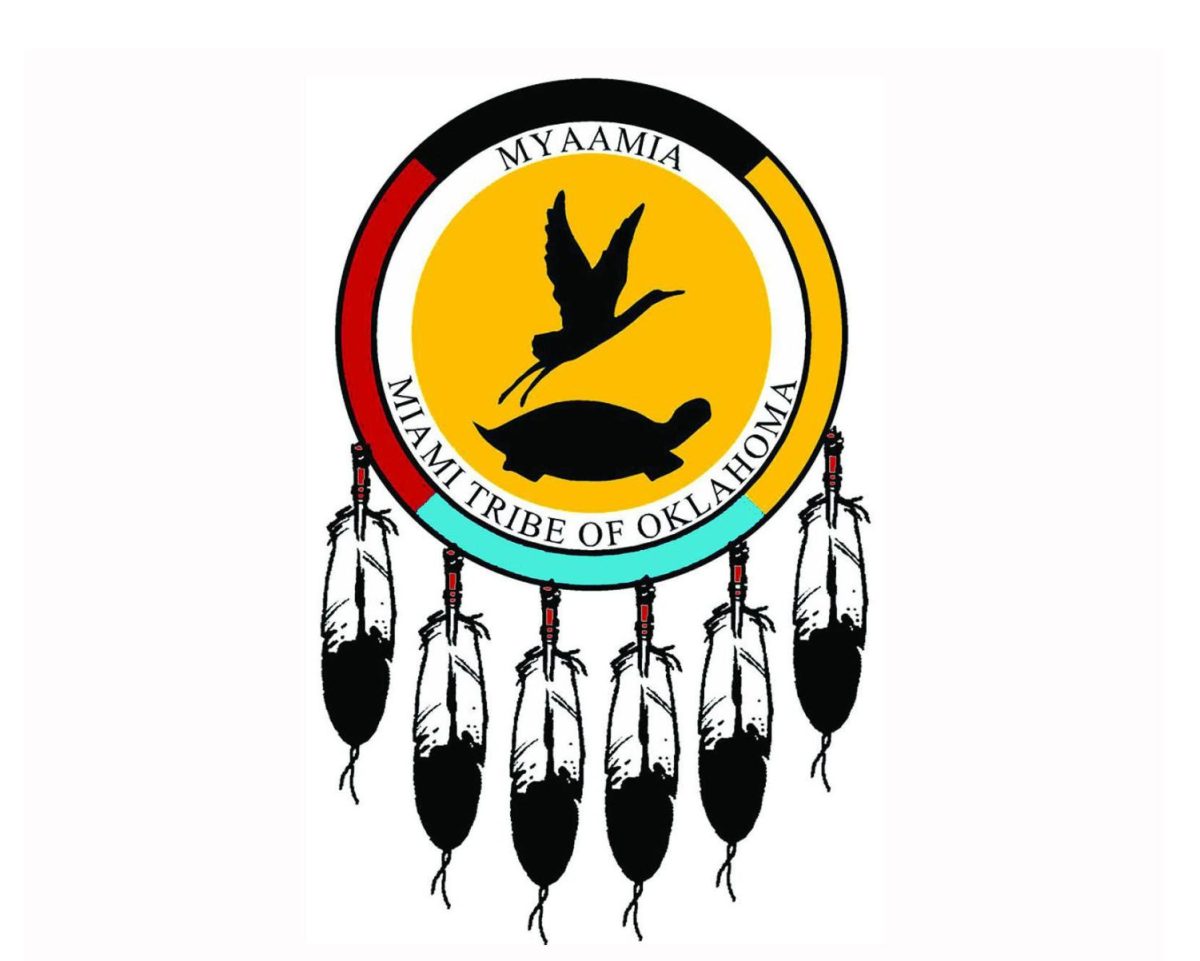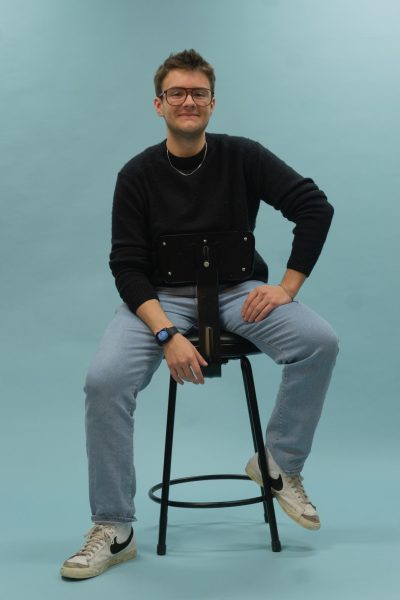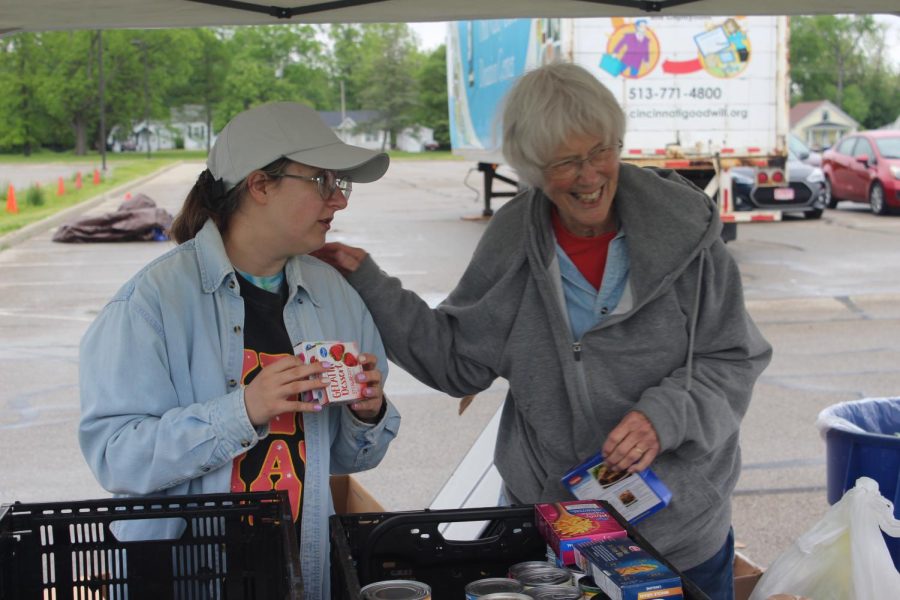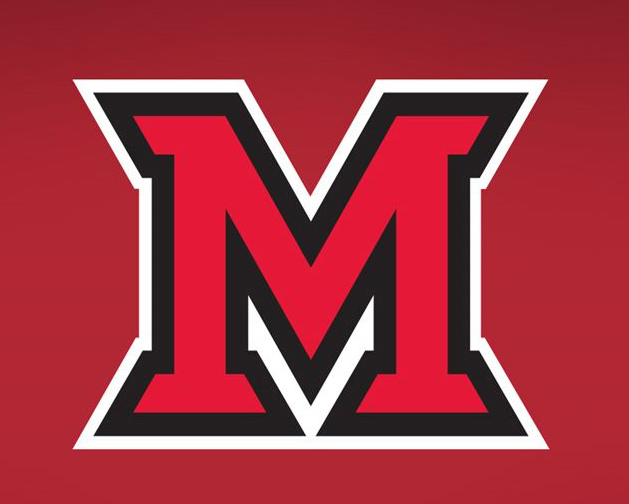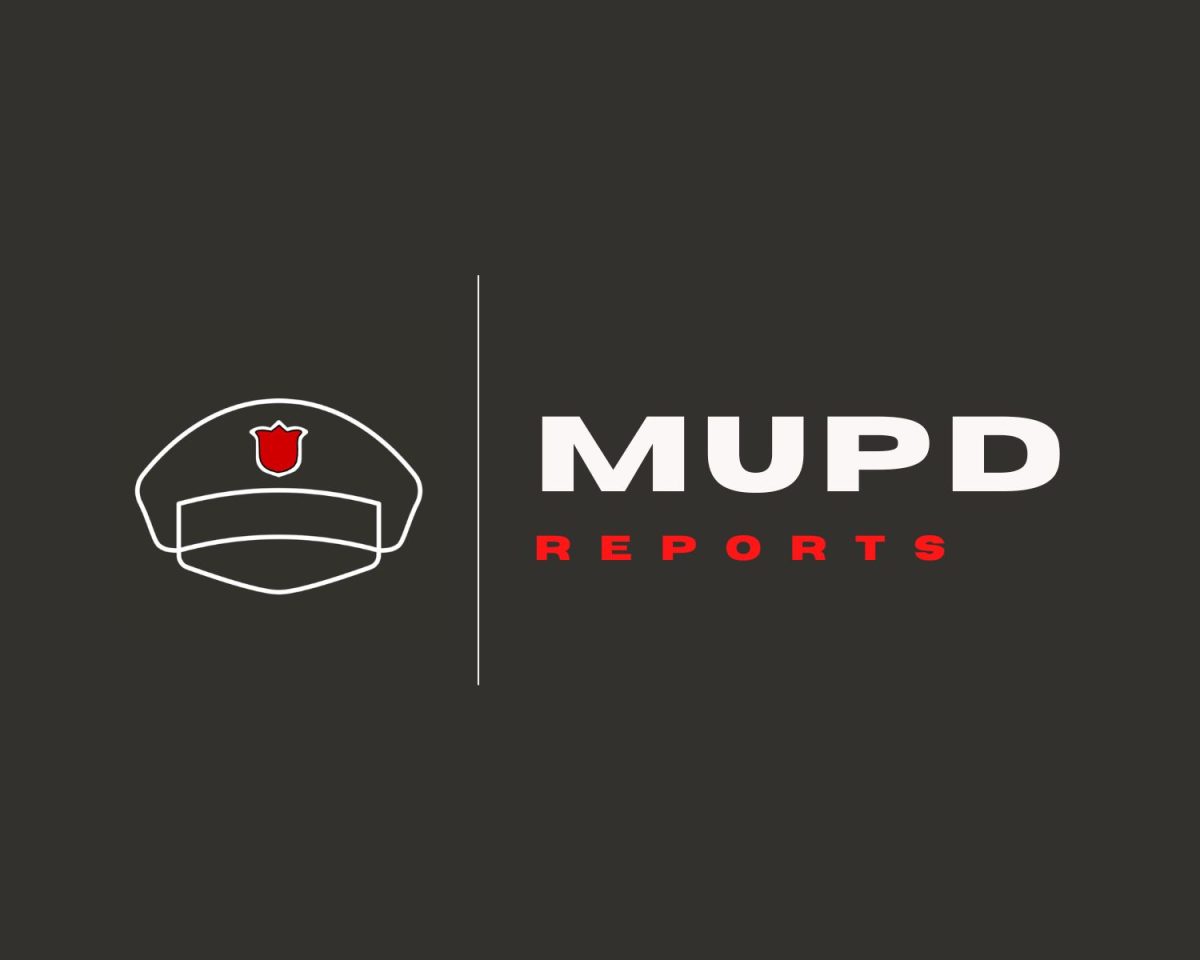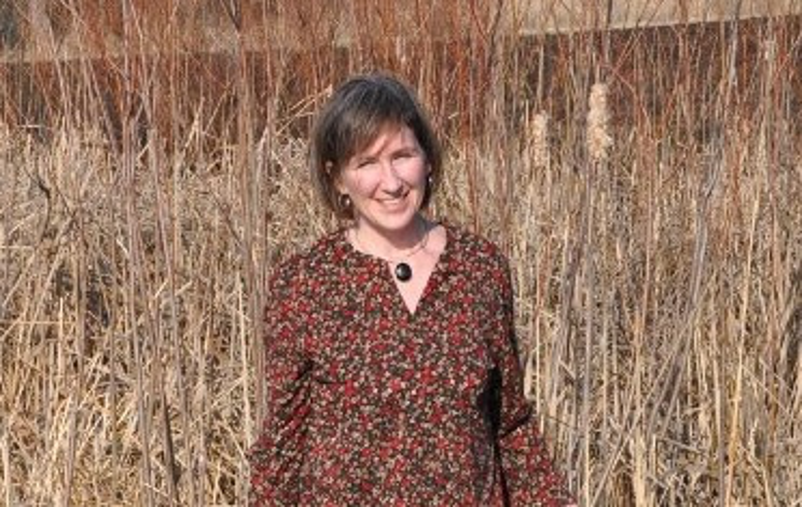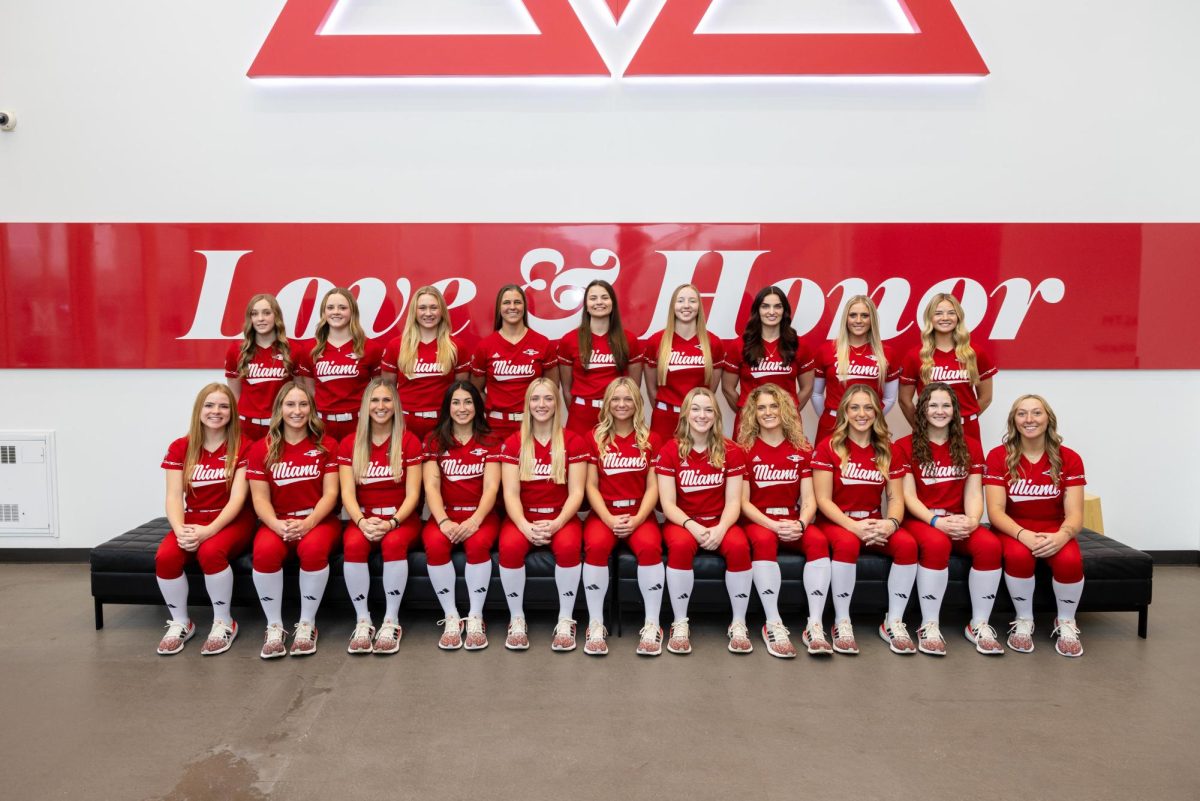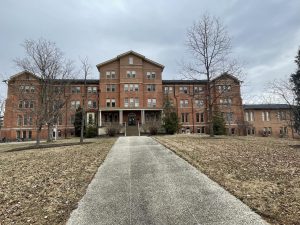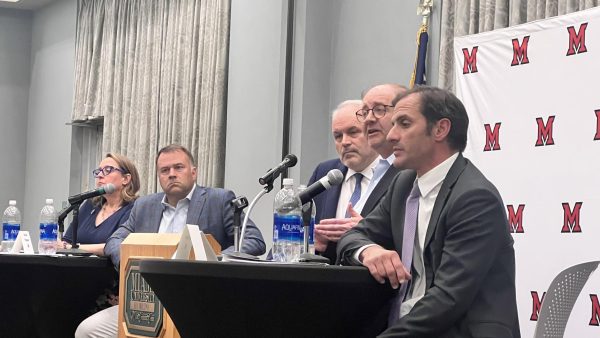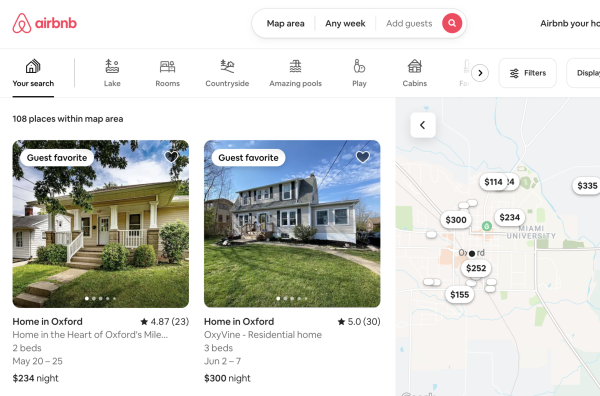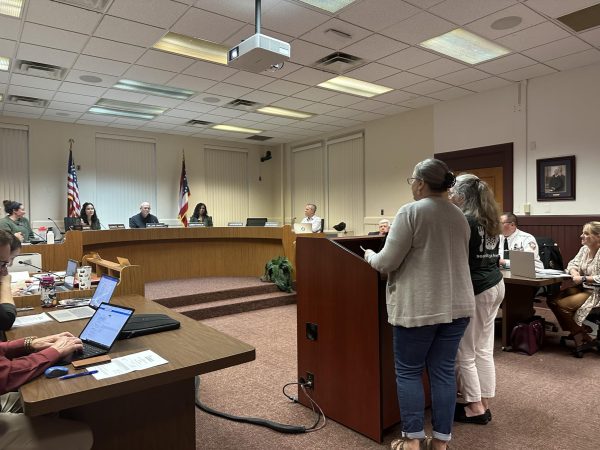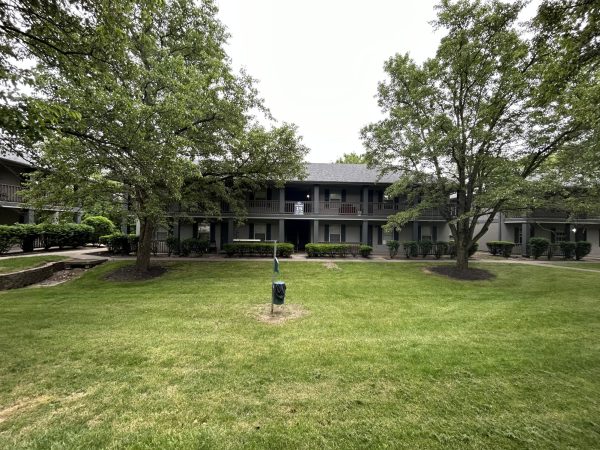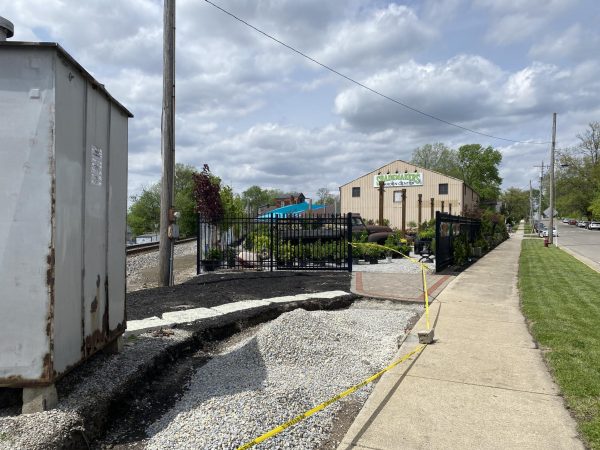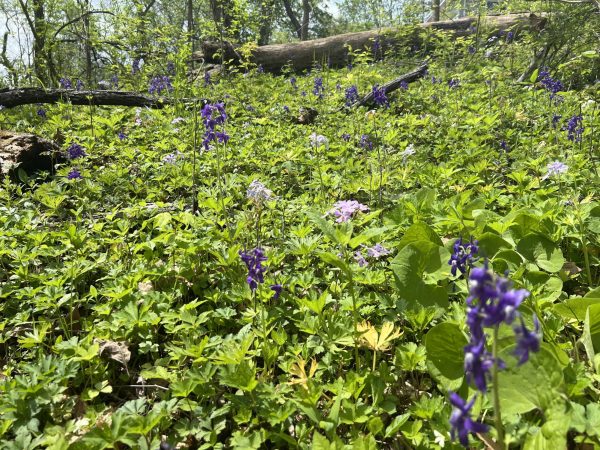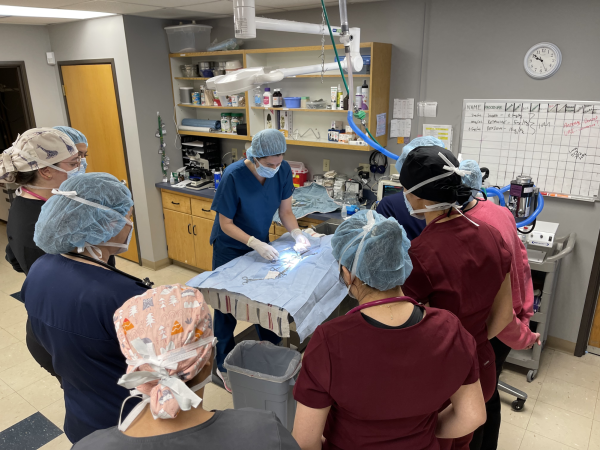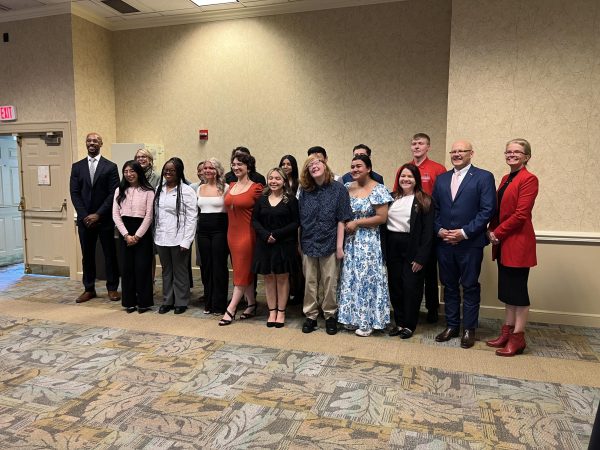Myaamia Center hosts webinars on tribe and university relationship
June 16, 2022
Although Oxford Township and Miami University grew up together since the university’s foundation in 1809, the relationship between the Myaamia Tribe that first populated the land and the university only goes back 50 years. It began in 1972, when Chief Forest Olds heard about the university that shared his tribe’s name while on a trip to Cincinnati.
The history of this relationship was the topic of the public online lecture by Cameron Shriver, a research associate at Miami University’s Myaamia Center, on June 1.
“Universities across the country have been founded on conquered native land,” said Shriver, who is also a faculty member of the history department. “Putting that history to the community and talking about this amazing relationship Miami has fostered is worth celebrating and talking about.”
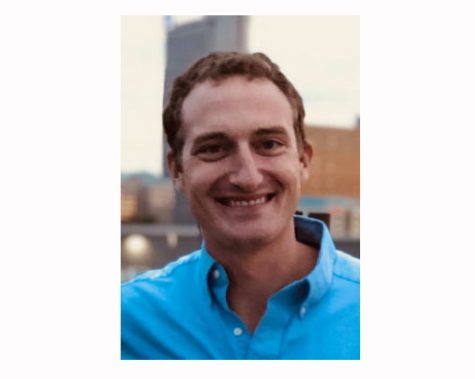
Future webinars in the center’s series commemorating the university’s 50-year relationship with the tribe address the Myaamia student experience (Aug. 10), its impact on cultural revitalization (Oct. 12), and initiatives to revitalize the Myaamia language (Dec. 7). Kara Strass, director of Miami Tribe relations, said about 100 people attend the webinars.
The land that comprises Oxford Township and Miami University was part of a failed land agreement called the Symmes Purchase. John Cleves Symmes entered into a contract with the Continental Congress to purchase the lands between the Great and Little Miami Rivers in southwest Ohio in 1788. However, the purchase was mismanaged and he ran into financial difficulties.
Symmes never set aside land for an academy, as his contract had required, so the state of Ohio colonized 36 acres of land from the Shawnee and Myaamia people for the land endowment which is now Miami University and the city of Oxford.
“This land was Myaamia land, violently conquered and immediately flipped over to the university and the board of trustees in 1795,” Shriver said. “It all happened very quickly.”
Miami University has recognized that fact, and works to rekindle a relationship with the natives that once lived here. Miami wants to celebrate the strides they have made with the tribe, spread the true history, and talk about its experiences.
Miami’s efforts to connect with the native Myaamia tribe members include scholarships for members of the Miami Tribe of Oklahoma and the Miami Nation of Indians of the State of Indiana. The Myaamia Center at Miami University is directed by the Miami Tribe of Oklahoma, and “focuses on language and cultural revitalization in addition to research and educational development,” Shriver said.


